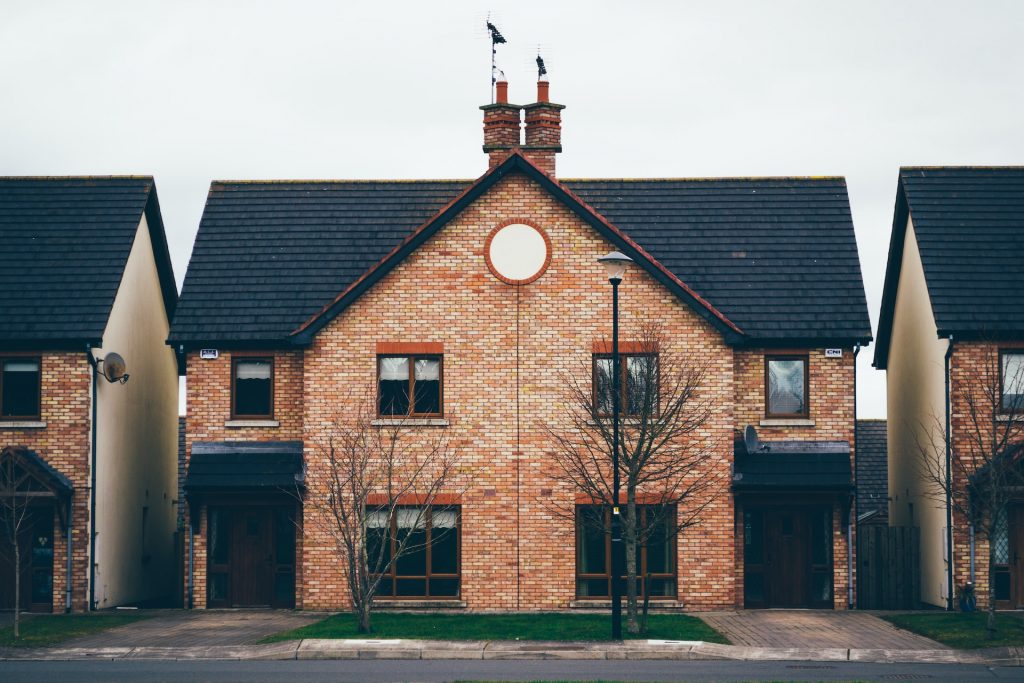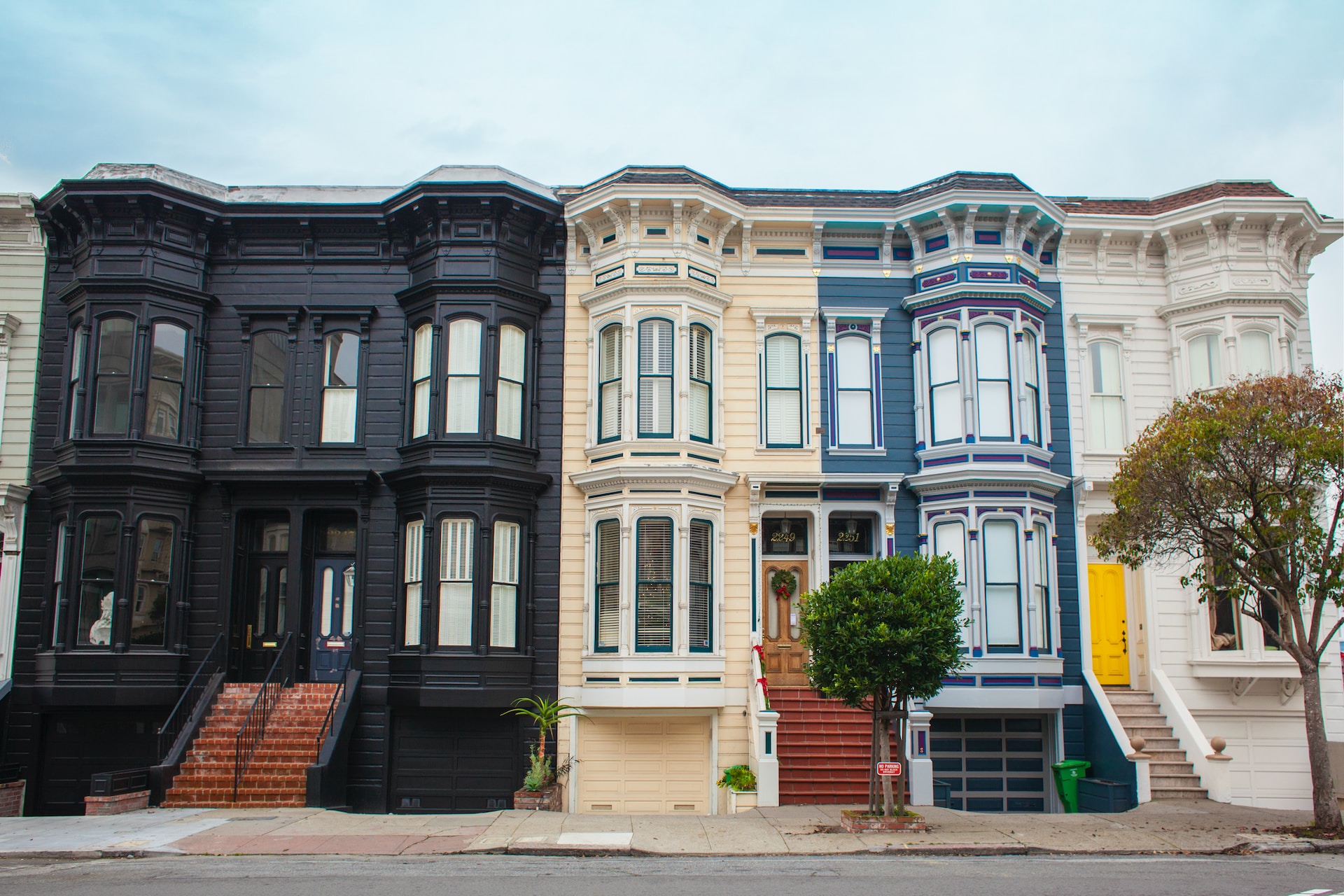Buying a home is an exciting milestone and a large financial commitment. When calculating the costs involved with buying a townhouse, you need to consider townhouse maintenance fees and how they contribute to the overall cost.
There are two main types of townhouses, namely freeholds and condominium townhouses.
Condominium townhouse owners pay a monthly maintenance fee for the upkeep of the exterior, but they are responsible for the maintenance of the home’s interior.
Let’s explore all that is involved in townhouse maintenance fees.
What is a Townhouse?
Townhouses are a type of multi-floor home that shares one (or more) walls with adjacent properties but have their own private entrance.
Townhouses are one of the most popular types of property in Canada, with the demand constantly pushing up the sales price.

Consider that townhouses in the Greater Toronto area have increased 33% from February 2021 to February 2022. In the same breath, condo apartments have increased 25%. A similar increase can be seen in other states.
There are different types of townhouses, namely freehold, condo, and stacked townhouse.
What is a freehold townhouse?
A freehold townhouse is similar to a single-family house. With a higher sale price, the main difference between a freehold townhouse and the other types is the legal and financial ownership of the property.
Owners of a freehold townhouse own the house and the land that it is built on. In addition, the owner is responsible for all maintenance costs including plumbing, the roof, and the garden.
What is a condominium townhouse?
Condominium townhouse owners only have ownership of a percentage of the total property, usually the interior of the apartment. The exterior and common areas are normally maintained through a monthly maintenance fee which is a shared cost among all owners.
Maintenance fees go towards water, sewage, and shared amenity costs, as well as a reserve fund intended for larger renovations.
What is a stacked townhouse?
A stacked townhouse describes a situation when two or more townhouses are stacked on top of one another, yet owned individually. In most instances, the basement and main level will belong to one owner, and the second and third floors will belong to a different owner. Both have their own private access.
Why do townhouse maintenance fees matter?
Maintaining a home demands time and effort. One of the biggest advantages of buying a condo townhouse is that the maintenance of the exterior is managed by someone else. Whether you travel a lot, have a busy work schedule, or spend all your energy raising a family, condo townhouses are an effective solution to maintenance.
Paying monthly maintenance fees could relieve the homeowner of the responsibility to repair any damages and maintain the exterior. From shoveling snow and repairing a broken window, to paying for common amenities such as a swimming pool. Someone else can take over the responsibility and assume the effort to maintain the property.

How much do townhouse maintenance fees cost?
A condo is usually less expensive to buy than a freehold townhouse, but the monthly maintenance fees can add up over time. The monthly fee goes toward two main components, namely regular maintenance and a reserve fund.
In most instances, a set fee is assigned to each square footage. The total cost depends on how many square feet you own.
For example, the average cost in Toronto is estimated to be approximately $0.50 per square foot. If you own 700 square feet of the property, then your monthly maintenance fee will be $350 per month.
There are a few other factors that contribute to the total maintenance fee such as the building’s size, the building’s age, and the building’s amenities.
Top tip: Before buying a home, make sure to ask for the trend of fee increases, and ask to see a status certificate with essential information concerning the financial stability of the building.
Who determines the monthly maintenance fees?
The condominium association is responsible for overseeing the annual operating expenses as well as the amount needed for the condominium reserve. Each condominium owner becomes a part of the association and contributes to various financial decisions.
It’s important to consider the estimated cost of the monthly maintenance fees when deciding whether or not to invest in a condominium, as well as the amenities the cost covers.
What is covered in monthly maintenance fees?
The monthly maintenance fee covers various aspects of maintenance and repair, ensuring that the value of the property remains high. These strata fees for townhouses are allocated toward certain services and expenses, as decided by the condominium association.
While the exact expenses may differ from one condominium to another, the following are fairly common examples.
● Lobby and common areas such as elevators, fitness centre, swimming pools, tennis courts, and parking spaces
● Patios and sidewalks
● Landscaping such as pruning plants and grooming the lawn
● Snow removal during the colder months
● Sewage lines
● Trash collection
● Building’s physical exterior (both preventative and repair)
● Insurance
● Reserve fund for unexpected expenses
What isn’t included in the fees?
The monthly maintenance fee should cover all repairs and maintenance of the property’s exterior, but it doesn’t pay for any repairs needed inside your unit.
Any internal property repair or maintenance costs are the sole responsibility of the condominium owner. For example, a broken kitchen cupboard or a broken floor tile.
If the townhouse is occupied as a rental, then the onus is usually on the landlord to cover the expense, on the condition that the problem was not caused by the renter.

Key considerations and responsibilities
When properly managed, the cost of monthly fees is worth the investment as homeowners don’t likely need to worry about shoveling snow or repairing the roof. However, they do need to realize their own responsibilities.
Any maintenance and repair costs that are not included in the monthly fee fall on the shoulders of the homeowner. For example, if the porcelain of the bathroom sink cracks, then the homeowner needs to have it repaired. Failure to do so could lead to greater, more expensive issues down the line.
Participating in the condominium association’s affairs is another major responsibility of the homeowner. It includes participating in meetings, voting on proposals, and reviewing documents affecting the property.
Conclusion
Townhouse maintenance fees can be a small price to pay for a stress-free homeownership experience, removing the burden of maintenance and repairs. Even so, the monthly maintenance fee should be incorporated into your budget.
If you’re investing in a condominium townhouse (or thinking about it) then you need to consider the responsibilities that come with the purchase. The effectiveness of the monthly fee largely depends on the condominium association and the homeowner’s contribution to the decisions that the association makes.
- The Impact of Interest Rate Cuts on Toronto’s Housing Affordability - April 23, 2025
- Bank of Canada Holds Interest Rate Steady Amid Tariff Uncertainty - April 19, 2025
- The Impact of Interest Rate Cuts on Toronto’s Housing Affordability - April 11, 2025



